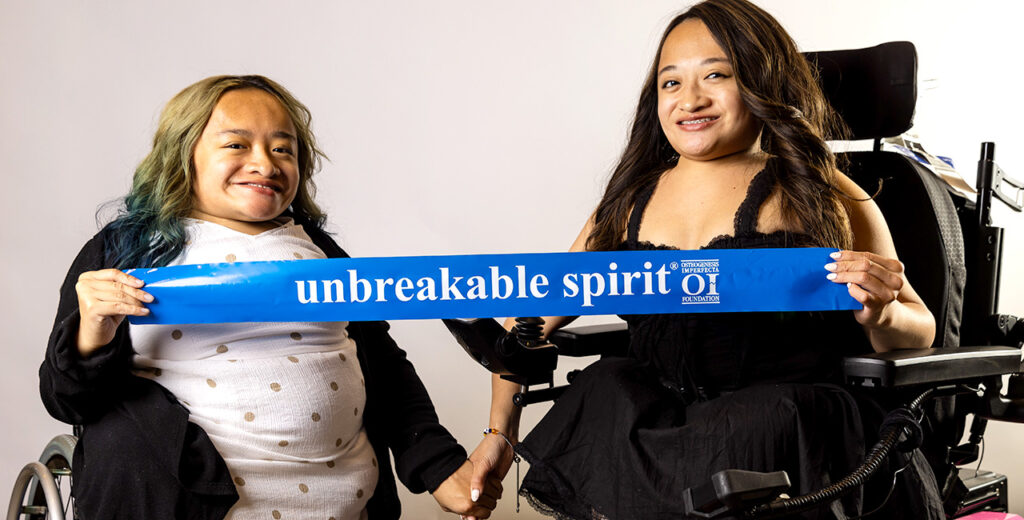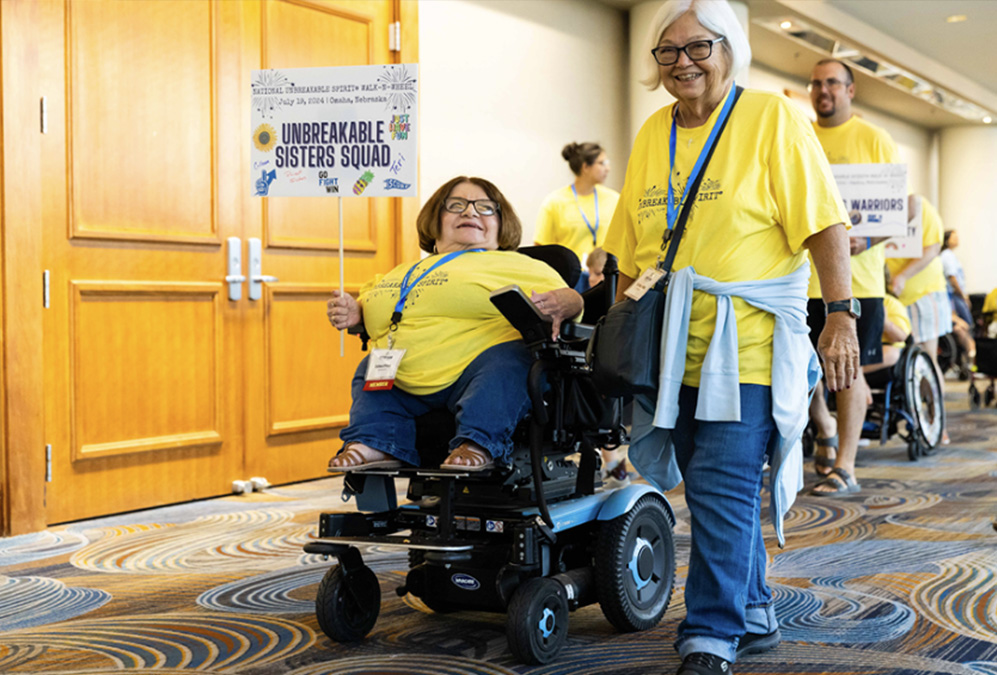What is Osteogenesis Imperfecta (OI)?

SHARE
What is Osteogenesis Imperfecta (OI)?
Osteogenesis imperfecta (OI) literally means “imperfectly formed bones”, and is a rare and complex genetic disorder that is often characterized by bones that break easily. While the vast majority of OI is caused by mutations (or variations) in genes that affect the structure of type I collagen or genes whose proteins interact directly with type I collagen. Also, mutations in many other genes that are important for normal bone formation and function have also been found to cause OI. These mutations not only affect how bones are made, how they are shaped, and how strong they are, they also affect the structure of other tissues. Therefore, while bones that break easily are a major feature of OI, many other body systems are also affected. Individuals with OI may also experience dental issues, hearing loss, muscle weakness, joint hypermobility, cardiac, respiratory, gastrointestinal and other health related issues.
The range of clinical features and their severity in OI are highly variable. The severity can range from the “mild” forms where affected individuals have few fractures, to “moderate forms” where individuals can have many fractures and bone deformities, to “severe forms” that can lead to death in the newborn period.
Even within families, clinical features such as fracture frequency, muscle weakness, hearing loss, dental malocclusion, chronic pain, or extra skeletal problems may vary.
Other medical characteristics and issues can include:
- Bone deformity and pain
- Short stature
- Spine curves
- Low bone density
- Loose joints, ligament laxity, and muscle weakness
- Distinctive features of the skull: late closing fontanels and a head circumference greater than average
- Hearing loss may begin in the early 20s and by middle age is present in more than 50% of people with OI
- Brittle teeth (called dentinogenesis imperfecta or DI) is present in 50% of people who have OI
- Respiratory problems, including asthma- this may be aggravated by chest wall deformity and/or spine deformity
- Vision problems, including myopia and risk for retinal detachment
- Skin hyperlaxity
- Easy bruising
- Cardiac issues
- Fatigue
- Basilar Invagination (a serious neurological problem) is seen in some people with the more severe forms of OI
- Skin, blood vessels, and internal organs may be fragile
Clinical features such as fracture frequency, muscle strength, or extra skeletal problems vary widely not only between types but within types and even within the same family. Some features of OI are age-dependent.
Helping our community stay up to date and connected.
Please sign up to receive updates from the OI Foundation including our monthly e-Newsletter, research updates, and upcoming event information.

